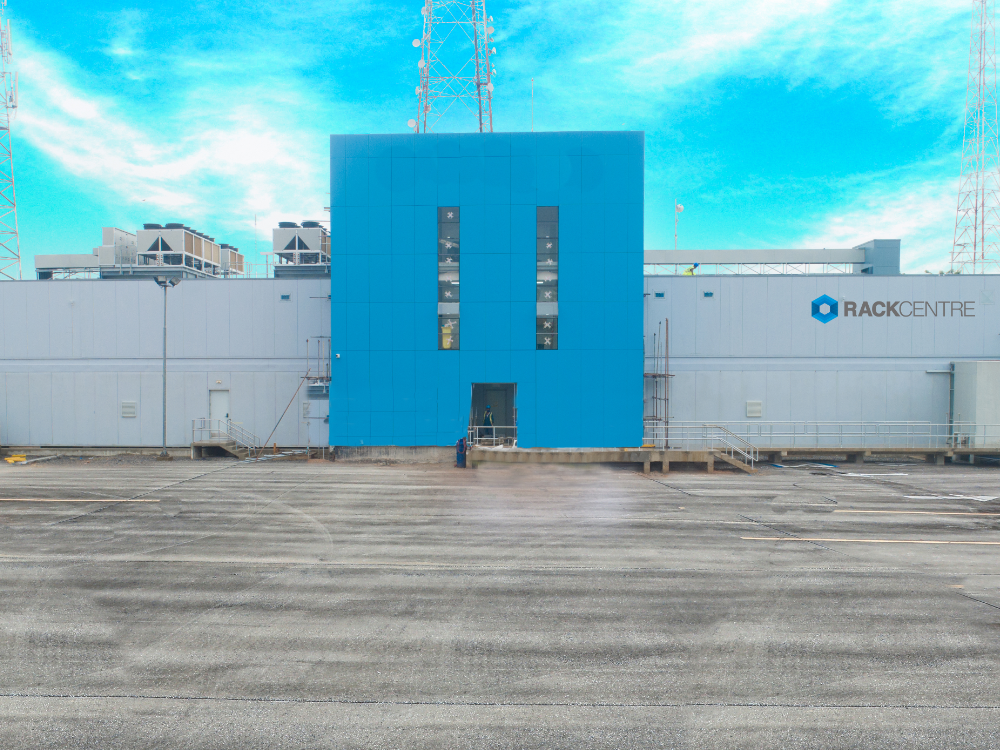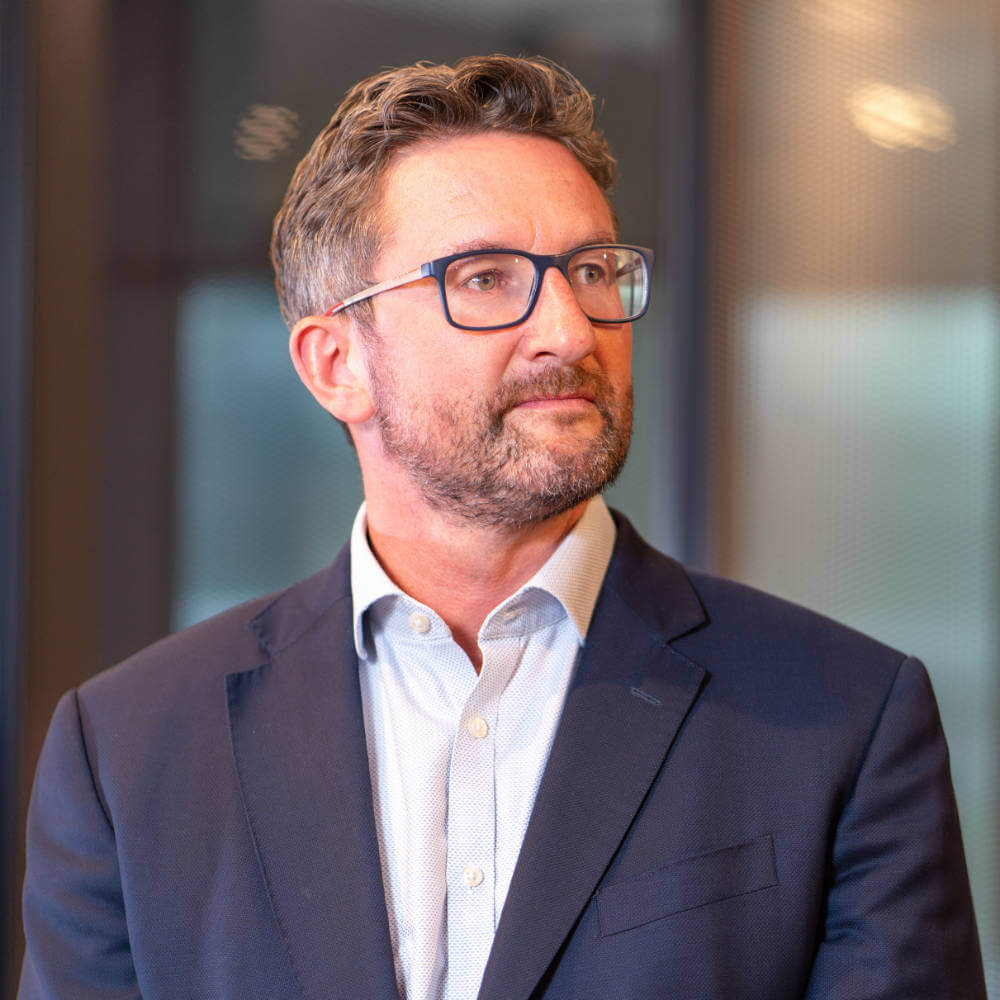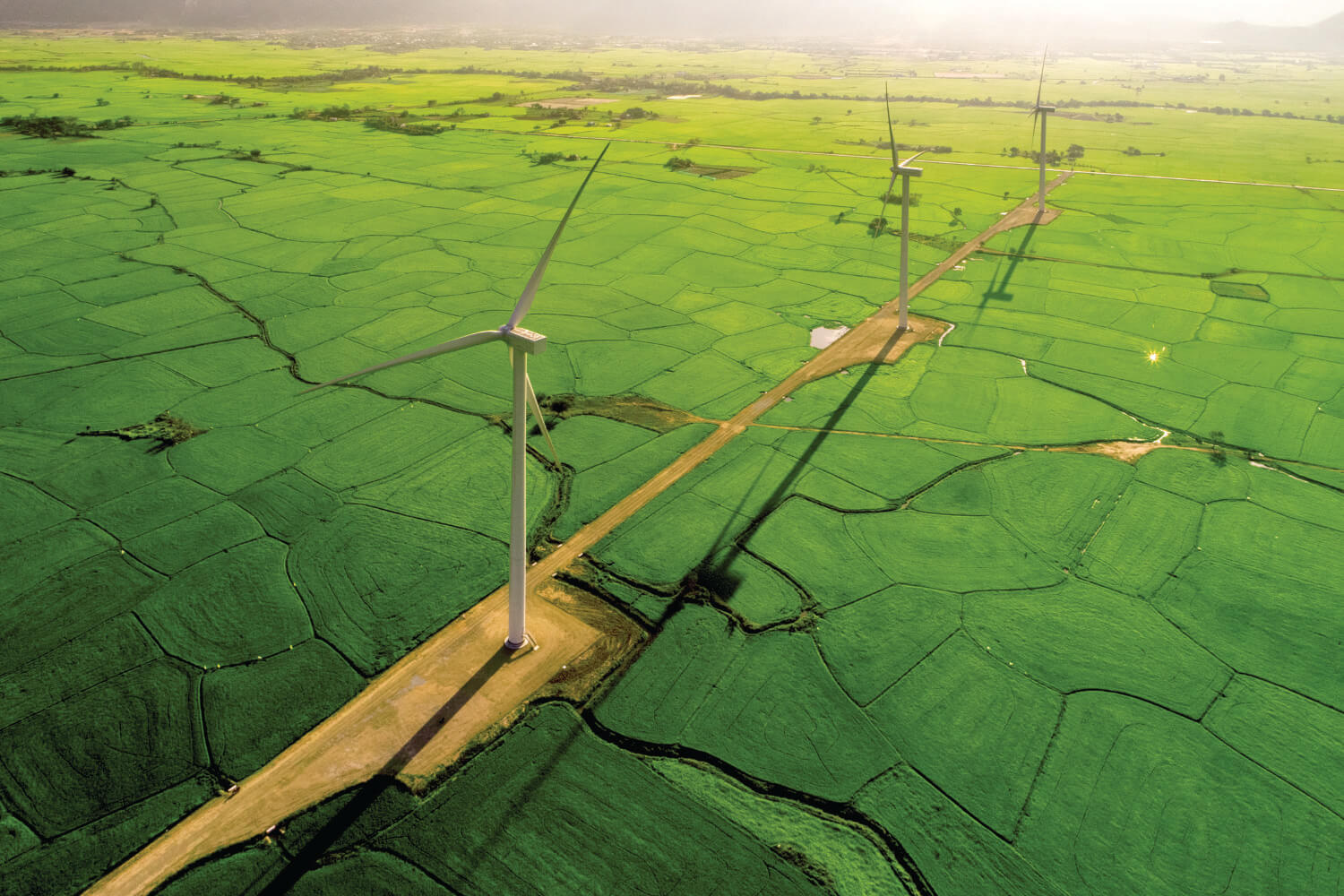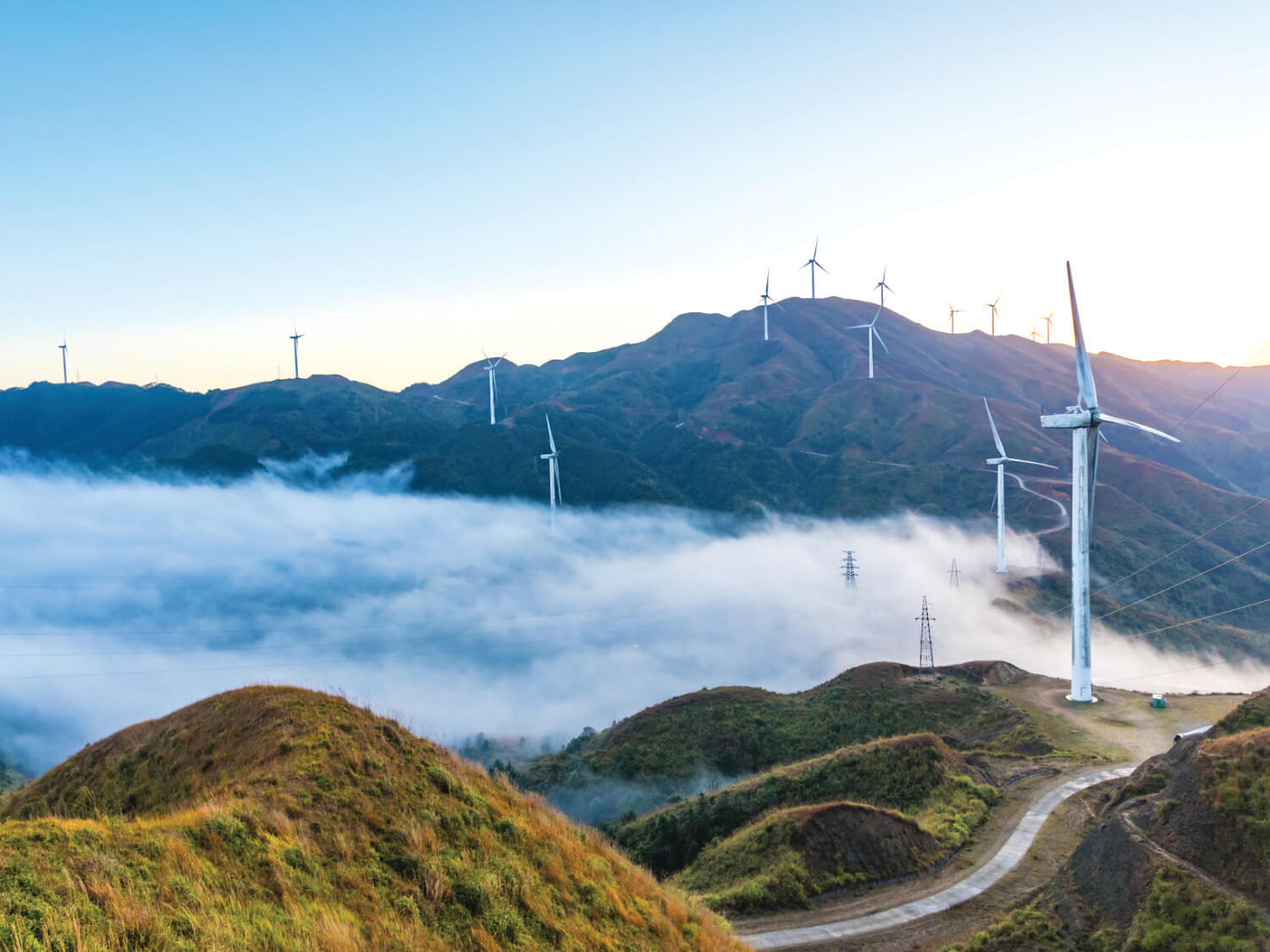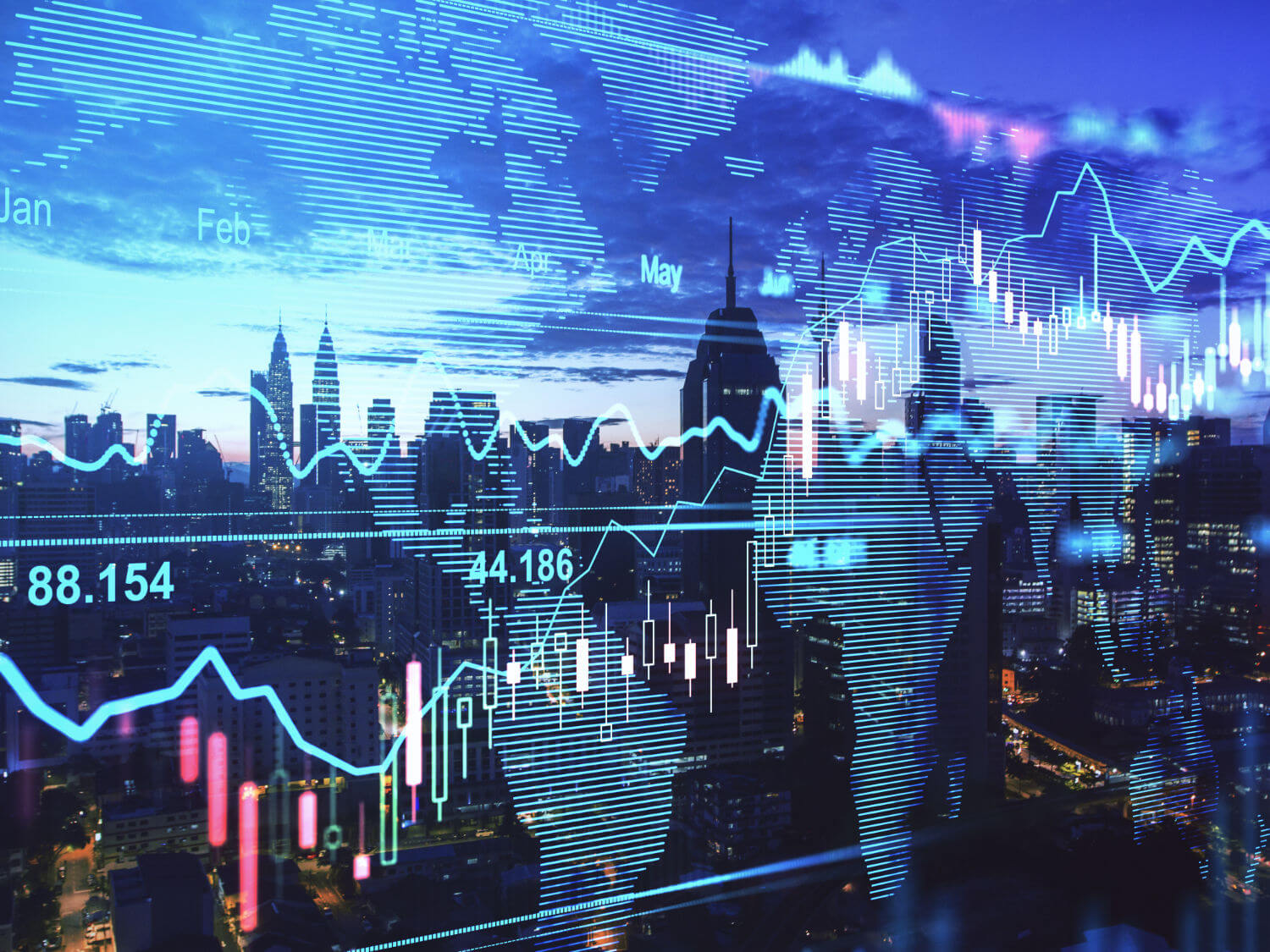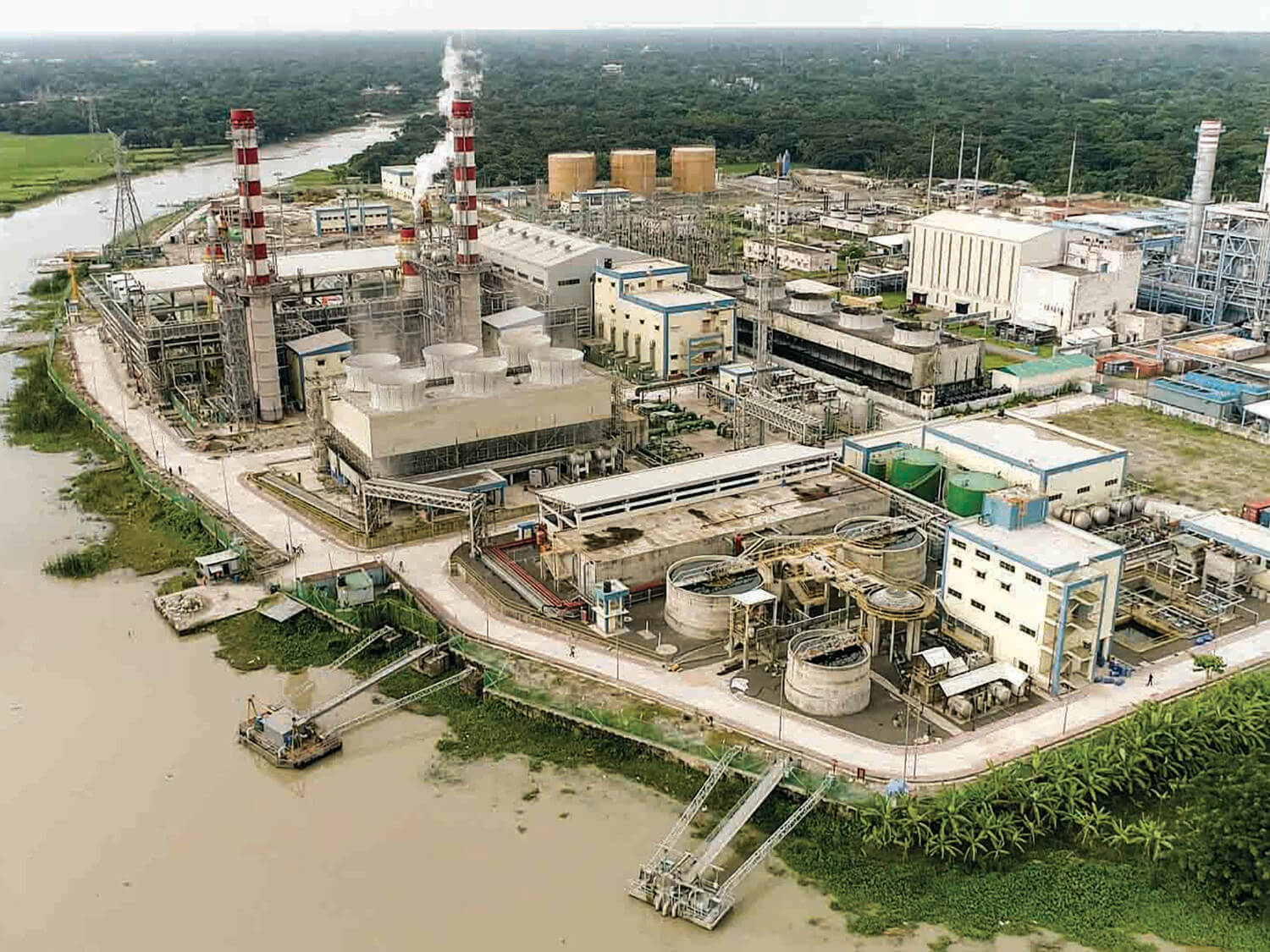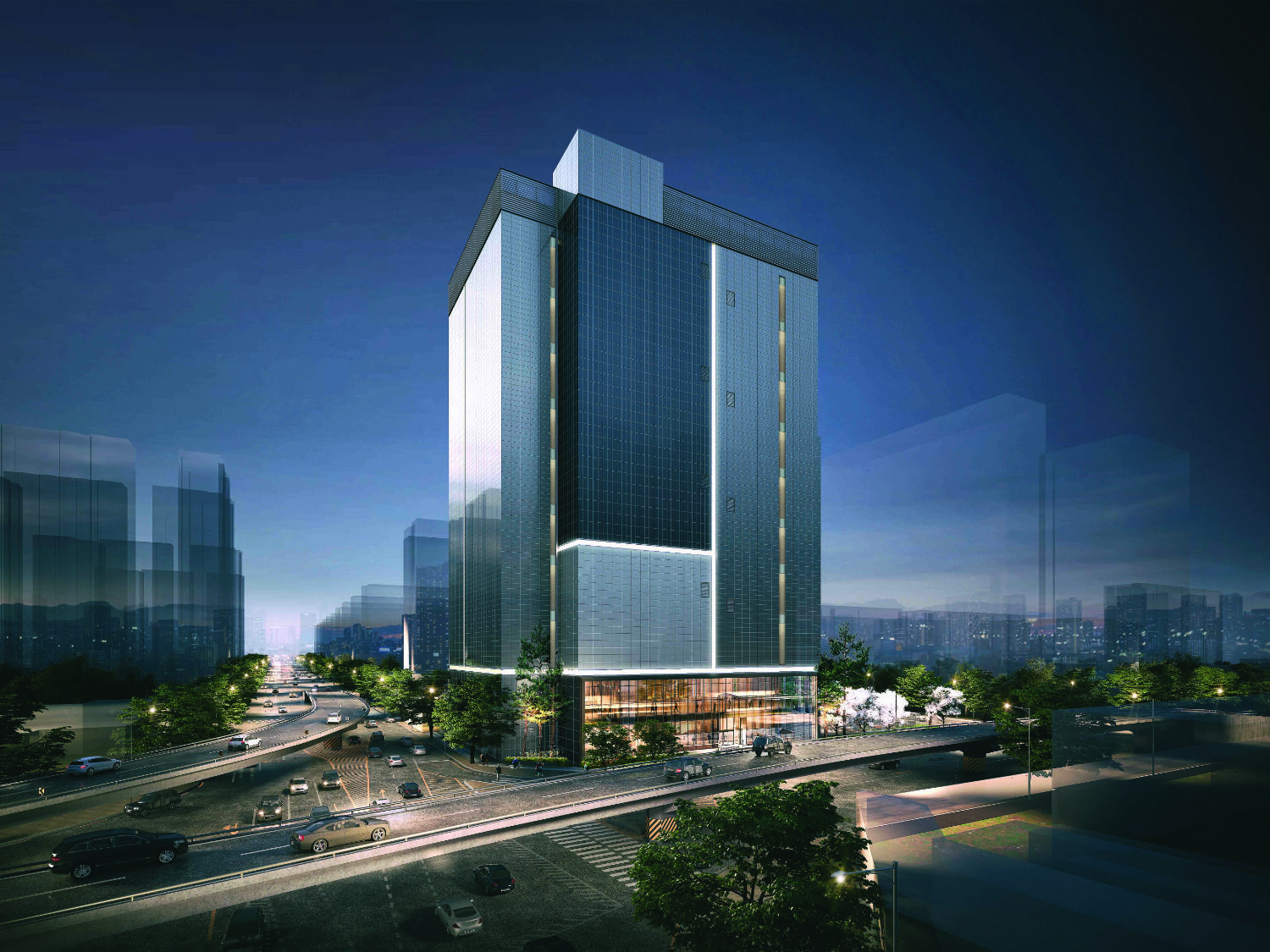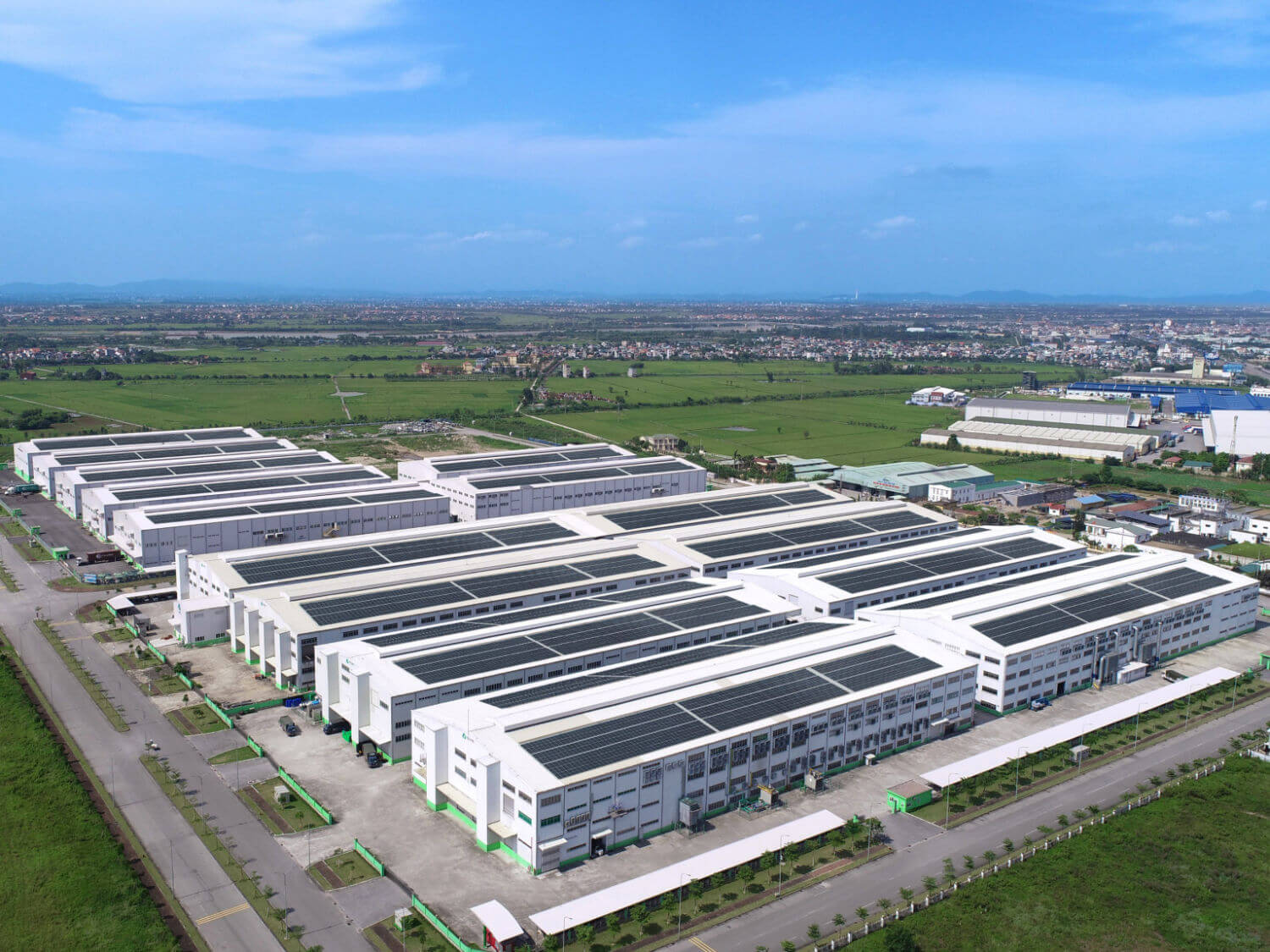Netflix, Spotify, Google Drive, iCloud, VAR, gaming, cloud computing, metaverse… chances are all of us are users or customers of more than one of these services on a daily basis.
But while these range from private entertainment to family photo storage, or from business processes to virtual reality, they all have one thing in common, the centralised processing and storage of vast amount of data in data centres.
The sustainable elephant in the room is data centre power consumption. According to the International Energy Agency (IEA) it is estimated that data centre global power usage amounted to about 200-250 TWh, approximately 1% of all electricity demand globally.
With 80% of electricity generation still based on fossil fuel and the anticipated exponential growth in data consumption, it is not surprising that investors, developers, operators and customers of data centres are increasingly committing to finding sustainable solutions. As an investor in data centres across growth markets, Actis aims to become an industry leader in this regard.
The four R’s for green data centres
The data centre industry has been keenly aware of the need to balance power and data consumption for many years. The approach to sustainability by the industry could be categorised into the “4 R’s”, namely, Reduce, Renewable, Recycle and Reuse.
Recycle and Reuse reduce waste and carbon footprints through the recycling of servers and materials, reusing surplus heat adopting to the infrastructure of differing local markets.
Our primary focus is on Reduce and Renewable, with the former adopting technologies that are entirely under our control, and the latter being a unique strength with Actis’ vast experience in developing and operating renewable energy platforms across growth markets
Reduce
The main driver of the technologies adopted by the data centre industry in reducing power consumption is through the reduction of PUE, which stands for power usage efficiency. This measures the amount of total power consumed by the data centre over the power required for all the IT equipment and servers.
While industry standard PUE for older traditional data centres are in the 1.5-2.0 range, new facilities and particularly those developed for large single hyperscale users are all below 1.5, with a race to get as close to 1.0 as possible.
More specifically, the primary focus of such technologies for minimising PUE in data centres is in finding the most power efficient ways to maintain the cooling of the server rooms within the facilities.
At Actis we have identified 20 green initiatives that could be adopted during construction and operation stages of data centre projects.
Examples of green initiatives we have adopted in both China and Korea include the use of evaporative cooling systems that could reduce power and water usage by up to 30% and 50%, respectively.
We have also adopted distributed uninterruptable power supply (UPS) systems to minimise the use of batteries and also unnecessary power loss. Software control systems are also used to maintain the server rooms with a wider range of optimal temperature, which could increase the time of “free cooling” up to 30%.
While not all 20 green initiatives could apply in every single market due to climate, site and other limitations, we strive to find the right balance to achieve the lowest PUE possible in each of the local markets.
For example, in China where the market standard for new data centres is 1.3-1.5 we delivered our facility in 2019 at 1.19. For two projects under development in Korea, we aim to deliver PUE of 1.3 while the market norm for new facilities is 1.4-1.5.
Examples of green initiatives we have adopted in both China and Korea include the use of evaporative cooling system that could reduce power and water usage by up to 30% and 50%, respectively.
Renewable
Actis is uniquely positioned as an investor in both data centres and large scale renewable projects. To date we have delivered 26GW of power projects across the growth markets which includes 12GW of wind and solar assets. We also invest in high growth distribution companies so we understand what it takes to deliver reliable green energy in our markets.
Our focus is on both providing electricity to grids and also through corporate Power Purchase Agreements (PPAs) where we contract directly with a commercial or industrial counterparty that requires renewable energy.
In 2021 Bloomberg named our investee company, Atlas Renewable Energy as the number one clean energy developer selling renewable energy to corporate buyers in Latin America during 2020 and occupied 6th place globally with over half a gigawatt contracted for private offtakers in the region.
At this time, our China data centre outside of Beijing has secured 100% green power through PPAs with the power grid and a wind power generator, meaning that the asset is well positioned to play a role in the net zero economy of the future.
At Actis we call this a ‘smart olive’ investment and we will aim to do the same when we expand our footprint to the rest of China.
In Africa, our existing location in Lagos, Nigeria has limited access to renewable energy; but the planned expansion into Nairobi, Kenya would allow us to tap into a market where renewable energy accounts for over 70% of the power sources.
Our experience of delivering data centres and large-scale renewable energy projects along with our knowledge of the broader power market is an exciting prospect and is central to our strategy of delivering sustainable infrastructure and attractive financial returns.
Actis is uniquely positioned as an investor in both data centres and large scale renewable projects
